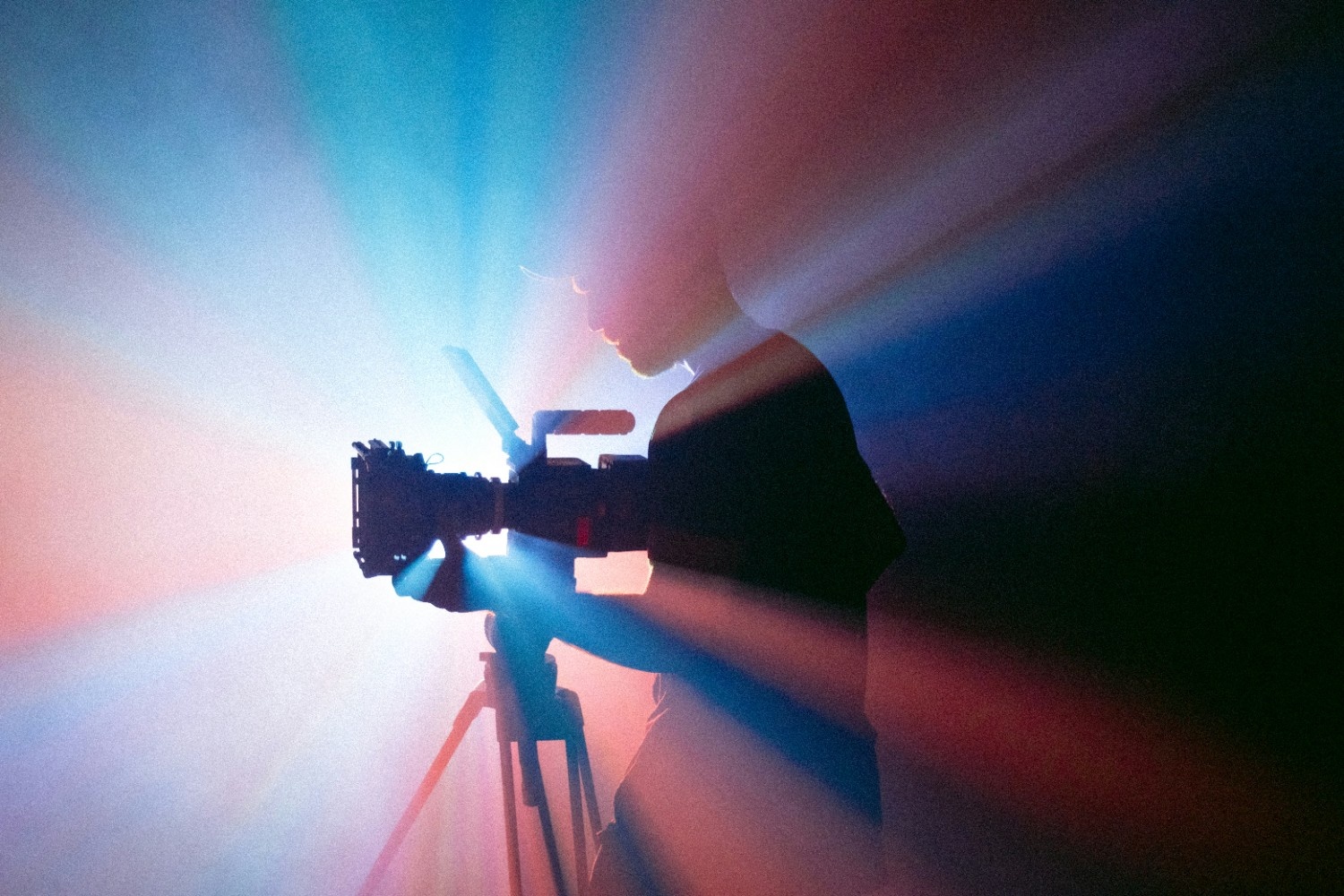The Power of Nostalgia: Why Reboots and Sequels Dominate Cinema Today
5 Min. ReadImagine sitting on your living room sofa, scrolling through Netflix, and suddenly spotting a familiar title, but wait, it doesn’t star the same actors as before. It’s a reboot of a cult classic that defined your youth. You click right away, fueled by feelings of comfort and joy, excited at the idea of returning a smidge in time.
This emotional pull is no coincidence. Nostalgia has become the film industry’s latest weapon, a potent mix of reboots, sequels, and even re-releases of cinematic gems. But why does this formula work so well with the audience? And how does it affect the current state of filmmaking? We’re here to unravel what it means to have the ultimate balance of modern and nostalgic cinema and how it’ll shape the future of storytelling.
Nostalgia: A Psychological Comfort Blanket
At its core, nostalgia taps into our emotional brain. Research has shown that nostalgic content activates the brain’s reward centres, evoking feelings of comfort, security, and happiness. People often gravitate toward the familiar in uncertain times–like global pandemics, economic instability, or existential crises. Have you ever found yourself rewatching the same movie or series needing something familiar? It lets us escape into worlds we already know and love.
In a 2021 study, PsycNet found that in times of stress, people turned to nostalgic content to cope. This explains why films like Top Gun: Maverick raked in a whopping $1.4 billion globally, not just coat-tailing on Tom Cruise’s charm but on the tailwinds of an ‘80s cult classic. Closer to home, the re-release of Dilwale Dulhania Le Jayenge (DDLJ) on its 25th anniversary—a film that has drawn audiences for decades and continues to do so. This shows that nostalgia allows audiences to reconnect with a familiar past, making them overlook storytelling missteps or find a new perspective for an old narrative.
Nostalgia by the Numbers
At the end of the day, numbers don’t lie. Take the Marvel Cinematic Universe, for instance; as of July 2023, the series has grossed a revenue of $29.55 billion worldwide. In parallel, streaming platforms have seen massive spikes in viewership thanks to legacy content. Netflix’s investment in reviving shows like Fuller House and Cobra Kai has paid off ten-fold.
In Bollywood, 2024 saw the resurgence of old classics like Kal Ho Naa Ho or Rockstar in theatres, sparking waves of nostalgia. Imagine getting the opportunity to relive an iconic dialogue that sends chills down your spine. The full-house shows of these re-releases showed that they aren’t just movies; they’re cultural phenomena.
Hits and Misses: Two Sides of a Coin
Not all reboots and sequels strike gold. Let’s take a look at a few examples:
- Hits:
Bhool Bhulaiyaa 2 succeeded beyond Akshay Kumar’s original thriller because it retained the essence of the initial narrative yet brought a fresh perspective. Kartik Aaryan’s humour, combined with Rajpal Yadav’s return as Chhote Pandit, gave the audience the ultimate balance of past and present.
The return of Mukesh Khanna as Shaktimaan, announced recently, left the ‘90s kids in a frenzy. The massive buzz it generated shows its influence on an entire generation and how these pieces of cinema are more than just entertainment.
- Misses:
Ram Gopal Varma Ki Aag, a reboot of Sholay, failed to leave its mark on the box office. Why? Despite being a remake, the storyline completely disregarded the original narrative. Fans felt betrayed, and the reboot’s shoddy execution sank the ship entirely.
Himmatwala (2013) couldn’t capture the authentic charm of its 1983 predecessor, failing to connect with new and nostalgic audiences.
The Creative Challenges
Reboots and sequels aren’t just cash grabs—they’re creative tightropes. Filmmakers have the responsibility of honouring the original while retelling the story to today’s audience. It’s a nerve-wracking task to reimagine iconic characters while keeping the sentiments of loyal fans in mind. For instance, Pushpa 2 built on the first film’s success while pushing the narrative beyond bounds, earning the audience’s hearts with a bold approach.
However, depending so heavily on nostalgia can quickly turn into creative inaction. After a point, audiences will feel saturated with reboots, and the demand for fresher and more impactful content will rise again. The challenge is to strike the right balance between paying homage and innovating.
Final Take
While nostalgia often offers a sure-shot formula for success, filmmakers walk a tightrope, suspended between overindulgence and relevance. In an age of rapid technological advancement and globalisation, viewers long for a piece full of heart that anchors them to their heritage. Filmmakers must use this yearning as a canvas to paint stories that resonate across generations. After all, isn’t great cinema all about telling timeless stories?
Written by – Arya Chatterjee



